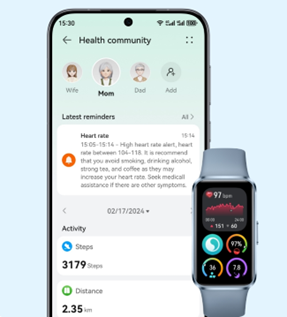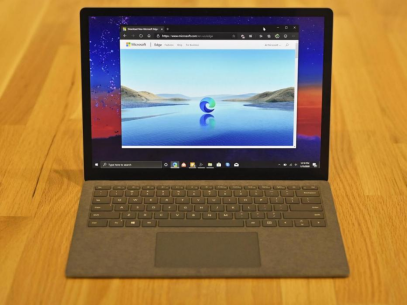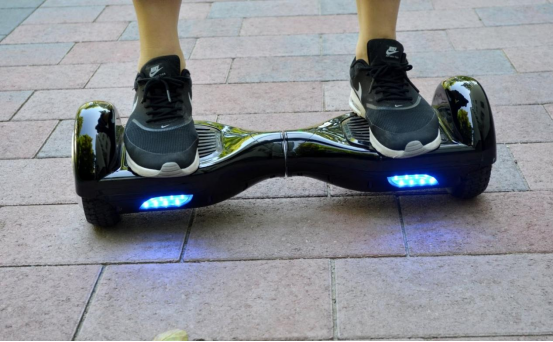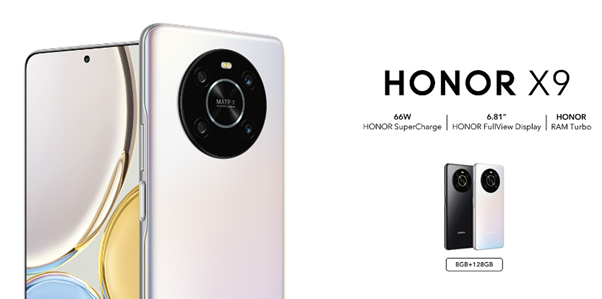How Accurate Are the Health Monitoring Features of a Smart Band?
Smart bands are popular wearable gadgets designed to monitor various aspects of health and fitness. These devices promise to offer insights into your heart rate, sleep patterns, and even stress levels. But questions arise about their accuracy and reliability. This blog delves into the accuracy of smart band health monitoring features, comparing them with traditional medical devices and outlining the factors that affect their performance.
Health Tracking Features in Smart Bands: An Overview
Heart Rate Monitoring Accuracy
Heart rate monitoring is one of the most prominent features in smart bands. These devices use photoplethysmography (PPG) sensors, which measure changes in blood volume by shining light through the skin. Studies have shown that while smart bands generally provide accurate heart rate readings during rest, their accuracy can decrease during high-intensity activities. Variability in sensor quality and positioning can also impact the precision. Hence, while useful for general monitoring, smart bands should not replace medical-grade heart rate monitors.
Sleep Tracking and Sleep Quality Assessment
Sleep tracking is another key function of smart bands. These devices use a combination of accelerometers and heart rate sensors to estimate sleep stages and quality. However, their accuracy can be hit or miss. Some studies suggest that smart bands are fairly accurate in detecting overall sleep duration and awakenings. Discrepancies in sleep tracking can be attributed to variations in user sleep behaviors and the algorithms used to interpret the data.
Blood Oxygen and Stress Monitoring
Blood oxygen (SpO2) monitoring and stress tracking are newer features in the world of smart bands. SpO2 sensors estimate the blood’s oxygen level by analyzing how light passes through the skin. While these readings can provide valuable insights, they are less accurate than specialized medical instruments. Stress monitoring relies on heart rate variability (HRV) data, which can give a general sense of stress levels. These features offer useful trends but should not replace professional medical assessments.
Comparing Smart Bands with Traditional Health Devices
Smart Bands vs. Medical-Grade Devices
When comparing smart bands to medical-grade devices, the latter outshine in terms of accuracy and reliability. Medical devices undergo rigorous testing and calibration to meet clinical standards, providing more precise readings. Smart bands, on the other hand, are consumer products designed for convenience and general wellness. They offer valuable insights but should not be used for diagnosing medical conditions. The difference in accuracy underscores the importance of understanding the role of each type of device.
The Role of Sensors and Technology
The accuracy of smart bands largely depends on the quality and type of sensors they use. For instance, PPG sensors are common for heart rate monitoring, but their efficacy varies based on the technology’s sophistication and placement. The HUAWEI Wearable band, for example, uses advanced sensors and algorithms to deliver more accurate readings, enhancing its overall reliability. Advanced sensors, improved algorithms, and machine learning models can further enhance the reliability of health metrics, offering users a more comprehensive understanding of their well-being.
Real-World Performance of Smart Bands
In real-world conditions, smart bands often face challenges that affect their accuracy. Factors like ambient light, skin tone, and motion can influence sensor readings. Studies indicate that while smart bands perform reasonably well under controlled conditions, their accuracy diminishes with increased physical activity and environmental variability. Users should keep in mind that smart bands offer trends and estimates rather than medically precise data, especially during dynamic conditions.
Factors Affecting Accuracy in Smart Bands
Sensor Quality and Placement
Sensor quality and its placement on the wrist play a critical role in accuracy. High-quality sensors can capture more precise data, but their positioning matters too. Improper fitting or loose bands can lead to poor contact with the skin, resulting in inaccurate readings. Ensuring a good fit and choosing devices with superior sensors can enhance measurement accuracy. Users should be mindful of how they wear these devices for optimal performance.
Environmental Factors and User Movement
Environmental factors such as temperature, humidity, and ambient light can affect the readings of smart bands. User movement, especially during intense exercise, can also introduce errors. Devices may struggle to differentiate between heartbeats and movement-induced artifacts, leading to skewed data. Understanding these helps users interpret their health metrics more accurately and use the data appropriately for their fitness and wellness goals.
Software Calibration and Updates
The software algorithms used to interpret sensor data significantly influence accuracy. Manufacturers frequently release updates to improve these algorithms based on new research and user feedback. Regularly updating the device’s firmware ensures access to the latest improvements and refinements in performance. Proper calibration and ongoing updates are essential for maintaining the reliability of health metrics provided by smart bands.

Improving Accuracy: What to Expect in the Future
Advances in Sensor Technology
Advances in sensor technology promise to enhance the accuracy of health monitoring in smart bands. Innovations like multi-sensor arrays and improved photoplethysmography can lead to more precise measurements. Future devices may incorporate more sensors that can cross-validate data to enhance reliability. The miniaturization of these sensors without compromising their effectiveness will be crucial to the next generation of wearable tech.
AI and Machine Learning for Better Health Insights
Artificial intelligence (AI) and machine learning (ML) are set to play a significant role in refining health insights from smart bands. These technologies can analyze vast amounts of data to identify patterns and provide more individualized health predictions. Continuous learning algorithms will adapt to user-specific behaviors, improving the device’s accuracy over time. AI and ML hold the potential to make smart bands more intelligent and responsive to users’ unique health profiles.
Conclusion
Smart bands are valuable tools for monitoring general health and fitness. While they provide useful insights into heart rate, sleep, and stress, their accuracy can be influenced by various factors such as sensor quality, environmental conditions, and user movement. Compared to traditional medical devices, smart bands are less precise but more convenient for everyday use. Advances in sensor technology and AI promise to enhance their accuracy in the future. For now, it’s essential to use these devices as supportive tools for wellness rather than sole sources for medical diagnosis.









